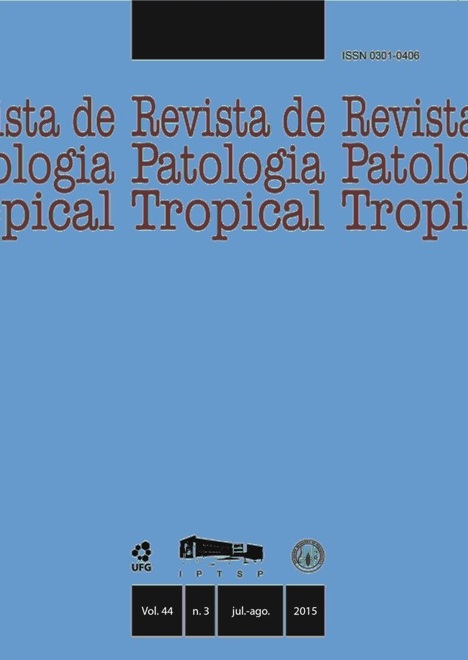THE POTENTIALITIES OF THE AMAZON FOR PALEOPARASITOLOGY
DOI:
https://doi.org/10.5216/rpt.v44i3.38017Keywords:
Paleopathology, history, parasitic diseases, communicable diseases, Amazonian ecosystem.Abstract
Scientific fallacy may contribute to the lack of interest in studying geographic regions in a specific field of science: for example the paleoparasitological research in Amazonia, which we aim to demystify in this review. It is usually mentioned that in the Amazon region the possibilities of recovering organic remains are very poor. The authors claim that it is due to the low population density and the high humidity that cause rapid decay of organic material, which is not entirely true. The region has a great potential, especially for the study of bones and also archaeological soil. Research on this kind of material would elucidate questions about the origin of infectious diseases, whether they come from the Old World or were autochthonous to the New World. Paleoparasitology associated with archaeological data may also contribute to the comprehension of prehistoric migration, both regarding the dates and routes followed by ancient migrants. Many of these infections are currently occurring in the Amazon region. Therefore, our goal is not just to draw attention from researchers, but also to alert the local population who know the location of these archaeological sites. Also, we would like to call attention to the importance of this study, in which small fragments are enough to obtain data of great importanceDownloads
Downloads
Published
How to Cite
Issue
Section
License
The manuscript submission must be accompanied by a letter signed by all authors stating the full name and email address, confirming that the material has not been published or is under consideration for publication elsewhere, and agreeing to transfer copyright in all media and formats for Journal of Tropical Pathology. The authors will not be paid for published articles. They are solely responsible for the content of those articles, even if the Editor holds the right to adjust them to the norms of the journal.
The reviewers will not be paid for the peer review process.

